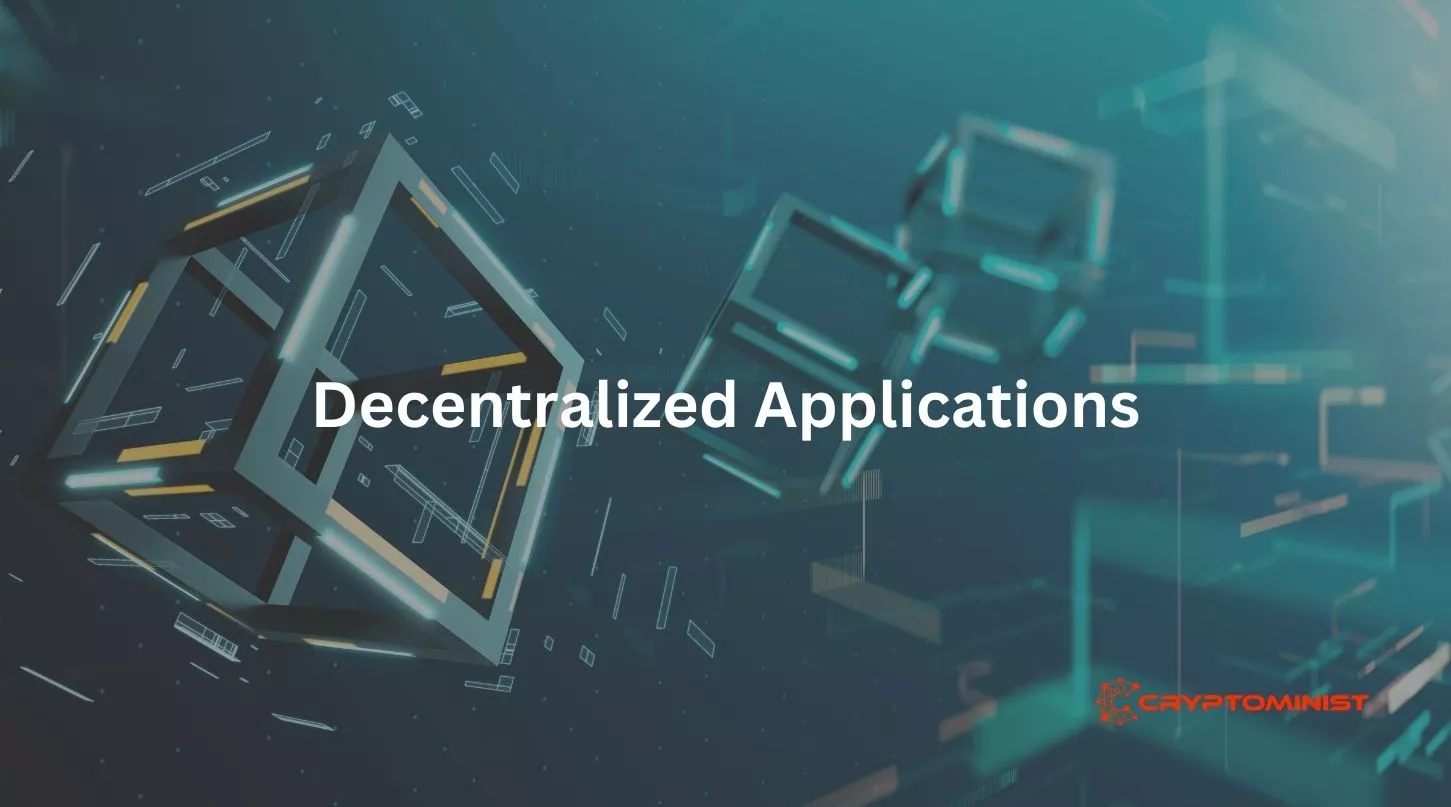Decentralized applications, commonly known as DApps, have emerged as a transformative force in the world of technology and blockchain. These applications offer a novel approach to software development and data management, emphasizing decentralization, transparency, and security. In this article, we will explore the concept of decentralized applications, their characteristics, use cases, and their potential to reshape various industries.
What Are Decentralized Applications (DApps)?

A decentralized application, or DApp, is a software application that runs on a decentralized network of computers, most commonly on blockchain technology. Unlike traditional applications that run on centralized servers, DApps operate on a peer-to-peer network of computers (nodes). This decentralized structure provides several key advantages:
- Security: DApps are highly resistant to hacking and data breaches because they lack a single point of failure. Data is distributed across multiple nodes, making it extremely challenging for malicious actors to compromise the entire network.
- Transparency: All transactions and data within DApps are recorded on a public ledger (often a blockchain). This transparency ensures the integrity of the application and fosters trust among users.
- Censorship Resistance: DApps are typically immune to censorship. No central authority can shut down a DApp, making them ideal for applications that prioritize freedom of information and speech.
- Trustless Interaction: Users can interact directly with DApps without the need for intermediaries. Trust is established through code and cryptography rather than relying on third parties.
- Tokenization: Many DApps have their native tokens, often built on blockchain platforms like Ethereum. These tokens can have various utilities within the application, from access to specific features to serving as a medium of exchange.
Characteristics of Decentralized Applications
To be considered a DApp, an application should exhibit the following characteristics:
- Open Source: The application’s code must be open source, allowing anyone to review and contribute to its development.
- Decentralized Data Storage: Data should be stored on a decentralized network like a blockchain, ensuring its immutability and security.
- Decentralized Consensus: DApps typically use a consensus mechanism, such as proof of work or proof of stake, to validate and record transactions on the blockchain.
- Token Integration: Many DApps use their native tokens to incentivize users and ensure the proper functioning of the application.
Use Cases of Decentralized Applications
Decentralized applications find utility across a range of industries and applications, including:
- Finance: DeFi (Decentralized Finance) DApps offer peer-to-peer lending, trading, and yield farming.
- Gaming: DApps enable ownership of in-game assets, interoperability between games, and decentralized marketplaces for virtual items.
- Supply Chain Management: DApps enhance transparency and traceability in supply chains, reducing fraud and errors.
- Social Media: Blockchain-based social media DApps aim to provide users with control over their data and content.
- Voting Systems: DApps offer secure and transparent voting systems, reducing the risk of electoral fraud.
- Healthcare: DApps facilitate secure and interoperable health data management, benefiting patients and healthcare providers.
Challenges and Concerns
While DApps offer many advantages, they are not without challenges:
- Scalability: Some blockchain platforms may struggle with scalability issues, limiting the performance of DApps.
- Usability: DApps can be complex for the average user, and the user experience often needs improvement.
- Regulatory Challenges: The decentralized nature of DApps can pose regulatory challenges in some jurisdictions.
Conclusion
Decentralized applications, or DApps, represent a fundamental shift in the way we develop and use software. By prioritizing decentralization, security, transparency, and trustless interactions, DApps have the potential to disrupt multiple industries. As blockchain technology and DApp development continue to advance, we can expect to see an increasing number of innovative applications that challenge the status quo and redefine how we interact with digital services and data.
If you like reading the above article, you may also like reading:
WHAT IS KYBER NETWORK CRYSTAL?